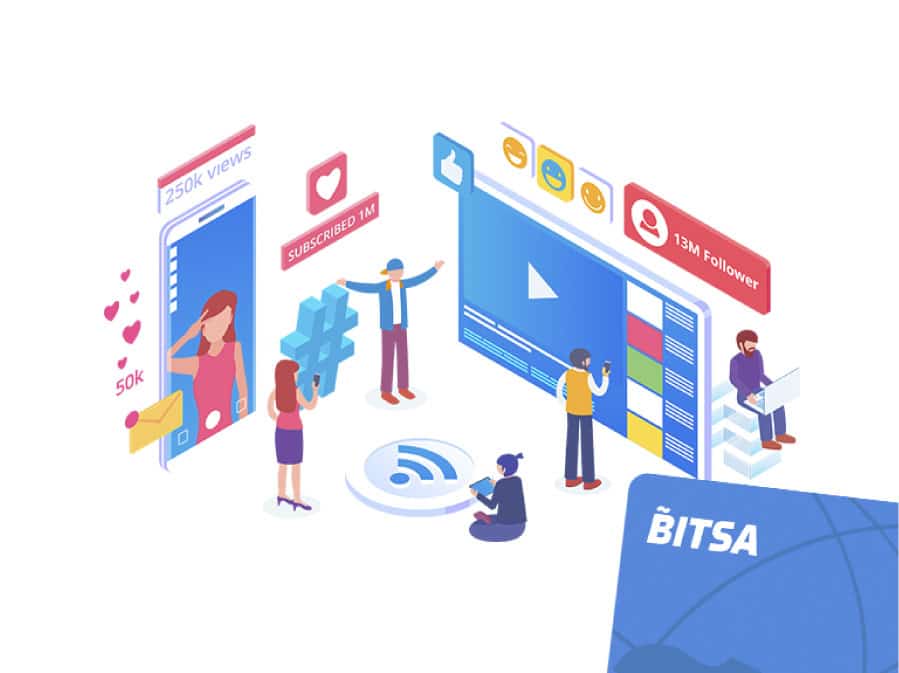
What do Millennials buy and how do they pay for?
Millennials, for some the best generation in the history of humanity and for others the worst degeneration that humanity has suffered. But we do not care, because this is not a philosophical debate about them but an article in which we will try to learn more about what Millennials buy and how they pay for it, so let’s go for it! Millennials (also known as Y generation) are a generation that includes, approximately, those born between 1981 and 1995. They are characterized by being a very active and dynamic generation, which does not stand still and always finds a way to do things on their own. On the other hand, they suffer from the syndrome of “I want it now” and tend to worry only about what will happen in the short term, (although it is true that Millennials care about saving).
But how do these common features affect the purchases they make? Millennials do not want to go after the products, the products come to them and that is why they have become into great online shopping lovers to the point that they end up spending up to a 16% of their monthly budget. Just below the ranking we find expenses in restaurants or food delivery, covering approximately 13% of the budget and very close, with 12%, are all expenses related to travel. These figures take on an even better dimension when compared to spending on groceries, for example, to which they allocate 3%, or on medicines that only reach 2%.
Although the data may vary a little depending on the age range of these Millenials, what does not vary at all is the answer to the question: how do they pay? to which they respond with surprising security “with the mobile”, “with a credit card”, “with an online credit card” and even some “with a reloadable credit card”.
It is estimated that 8 out of 10 young people do not even carry money in their pockets as they prefer the convenience and speed of cards and in turn avoid possible robberies in stores, supermarkets or on the street.
Estimates indicate that in the coming years we will see an even more pronounced decrease in cash purchases, thanks to new developments in payments such as reloadable cards with Bitcoin and other cryptocurrencies.
